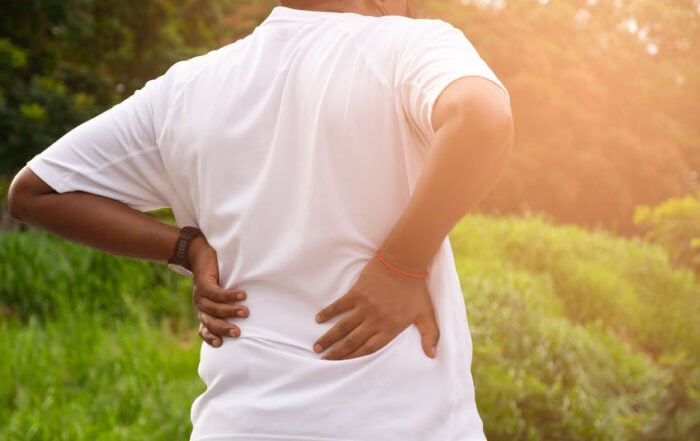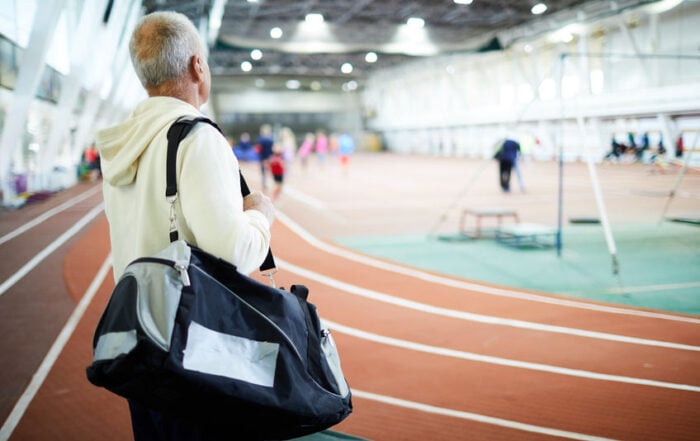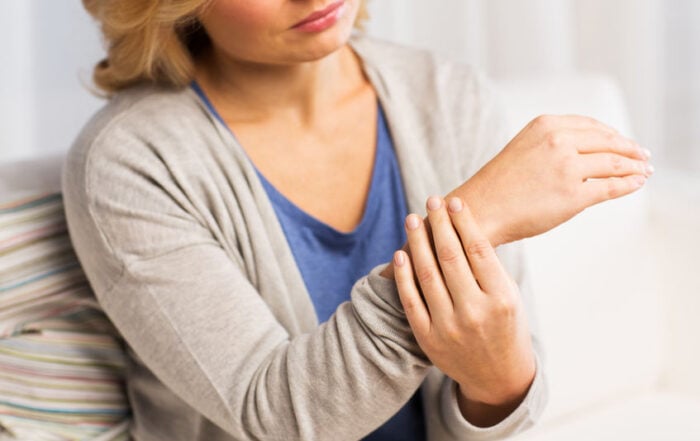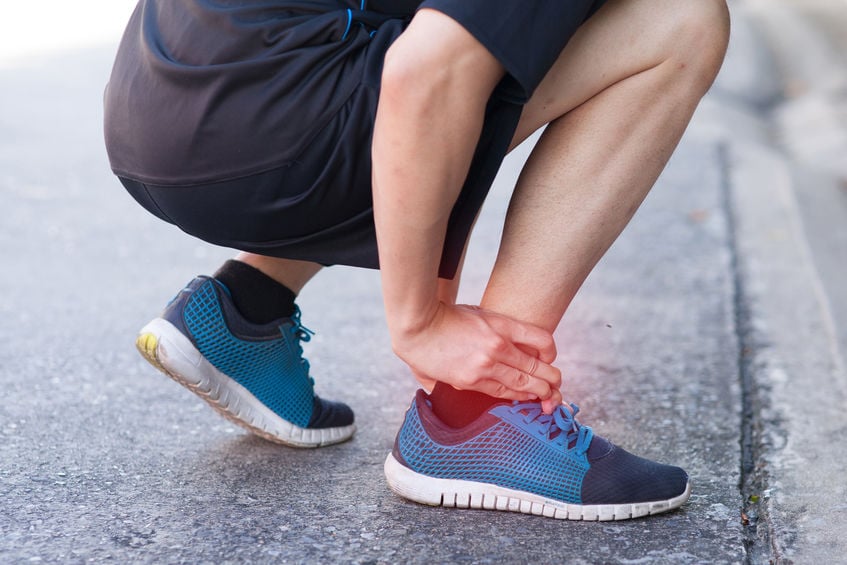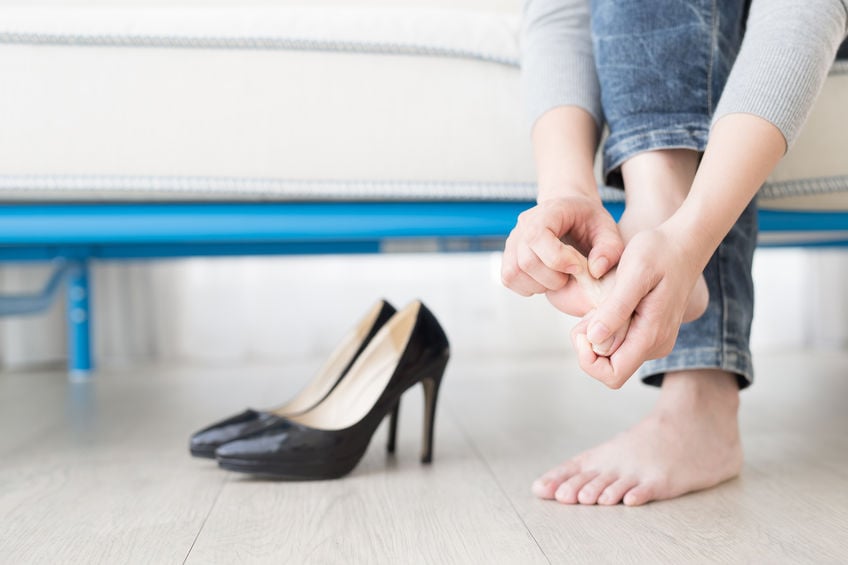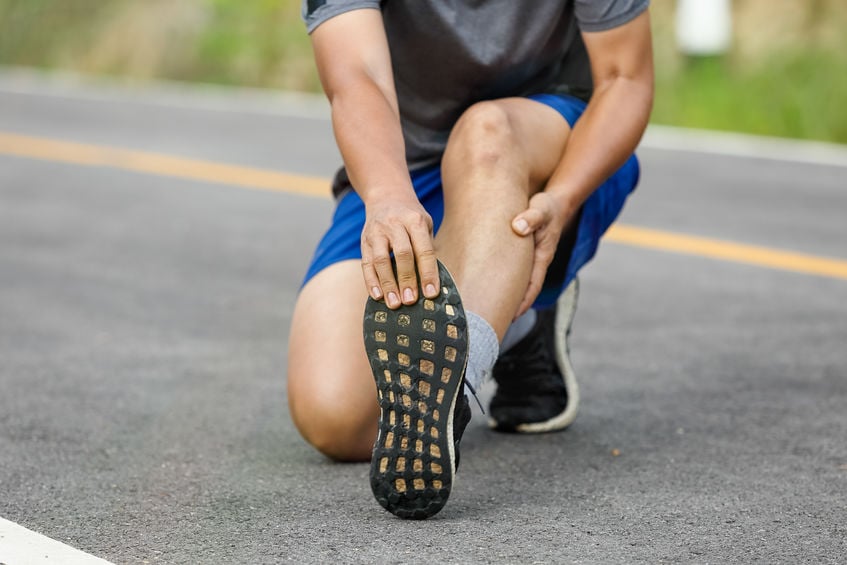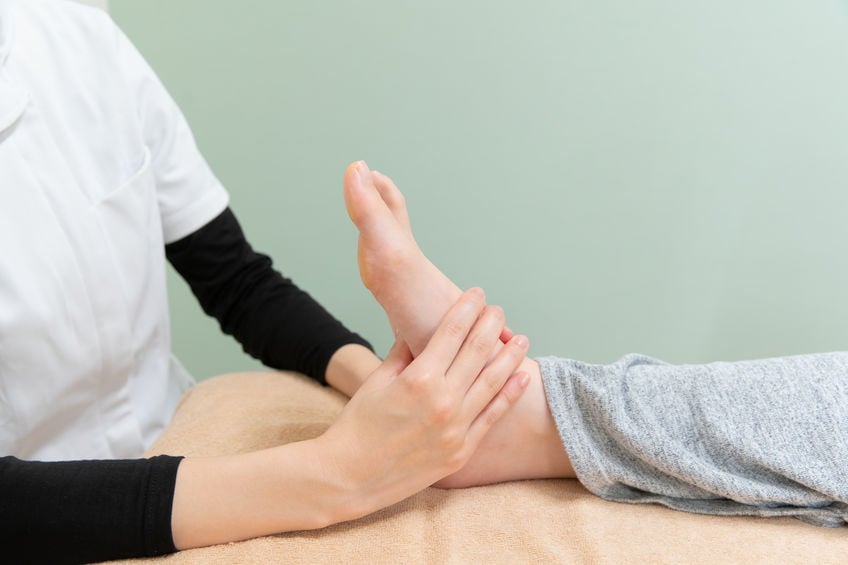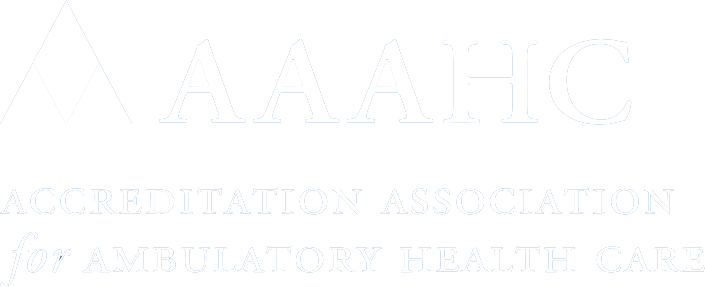Is A Bad Sesamoid Affecting Your Running?
Running is a popular pastime and one of the simplest ways to get in shape. Running also has impressive health benefits, with as little as 75 minutes per week needed for heart health. The joys of running also bring the pain of injury. Sesamoiditis is one especially painful condition that may require surgery. Most runners are concerned if surgery means the end of running. However, with the advice of doctors, runners can get back on the track.

What is the sesamoid?
The sesamoid sounds strange, but there are several sesamoid bones in the body. A sesamoid is a bone embedded within a tendon or muscle. Sesamoids are usually at joints, with the kneecap being the biggest. These bones help with shock absorption and behave like pulleys for the tendons. In the foot, 2 small sesamoids exist under the big toe joint, embedded in the tendon. Constant use of the foot can cause sesamoiditis. Runners and dancers are usually prone to sesamoiditis and need immediate attention.
Removing the sesamoid bone
Most runners recover from sesamoiditis using rest, steroid injections, and medication. However, constant pain, regardless of non-surgical treatment, may need surgery. A sesamoidectomy removes one of the bones to reduce pain and inflammation. Both bones are rarely removed, as this can cause irreversible damage. Under general anesthesia, the surgeon makes a small incision at the bottom of the foot. After moving the surrounding tissue, the surgeon removes the bone and closes the incision.
The long road to recovery
After surgery, recovery starts almost immediately. The first few weeks are a delicate period, as the patient should stay off the foot as much as possible. Proper rest, wound care, and pain management becomes critical. There will be swelling and tenderness, which should improve within 12 weeks. Some physical therapy may be needed to improve the strength and range of motion. At the 6-month mark, most patients feel the full benefits of surgery.
Hitting the pavement again
After recovery, running enthusiasts will have that itch to run again. However, sesamoid bones play a crucial part in running. As the foot hits the floor, sesamoids help absorb the weight of the body. With the sesamoid removed, running places intense strain on the foot. Running can cause pain, even after surgery, so patients must allow enough time for healing. Healing and pain vary from patient to patient. However, most need up to 1 year for the foot to be fully healed. At this point, patients can gradually start running again.
Dealing with post-surgical pain
Compared to the time before surgery, runners should see a difference in pain when sedentary. However, running for an extended period will be the real test. If pain and swelling happen while running, recover with rest, ice, and medication. Make sure to wear proper footwear and avoid standing for long periods. However, if pain and swelling persist without physical activity, there could be deeper issues at play. Speak with the surgeon immediately. There could be an infection or more severe damage than first realized.
Let’s get running again
These 2 small bones can cause runners severe and chronic pain. In some cases, the only way to recover is through surgery. The sesamoid removal will limit runners, especially in the first year after surgery. Proper pain management and observation after recovery helps tremendously. Speak with the surgeon about future desires to run again to form the right treatment plan.
Can Lower Back Pain Return After Spinal Surgery? 3 Lifestyle Changes To Get The Most Out Of Fusion
Minnesota Valley Valley Center2024-04-02T14:49:38-05:00April 15th, 2024|
Spinal surgery is an excellent solution for lower back pain, but symptoms can return. With lifestyle changes, patients can get the most out of fusion.
A New Lease On Life: Exploring How Robotic Total Joint Replacement Can Get You Active Again
Minnesota Valley Valley Center2024-03-24T17:38:47-05:00March 29th, 2024|
Robotic total joint replacement uses a robotic arm to replace the joint. This innovative approach allows a quick return to activities.
Restoring Dexterity: How Outpatient Carpal Tunnel Surgery Can Change Your Life
Minnesota Valley Valley Center2024-03-24T17:38:37-05:00March 15th, 2024|
After months of wrist and hand pain, carpal tunnel surgery may be needed. With outpatient options, restored dexterity with less pain and discomfort is possible.
More Articles from MVSC
December 14, 2023
Ankle pain is common, but sometimes arthritis is at play. An orthopedic surgeon may recommend subtalar fusion for patients.
November 28, 2023
Is bunionectomy a solution for foot pain caused by bunions? Learn about surgical and non-surgical options before a decision.
September 26, 2023
An Achilles tendon recovery timeline can be long and grueling. With rest and physical therapy, patients can see faster results.
September 19, 2023
Big toe arthritis can cause severe discomfort if left untreated. Hallux rigidus repair can provide extensive relief for patients.

